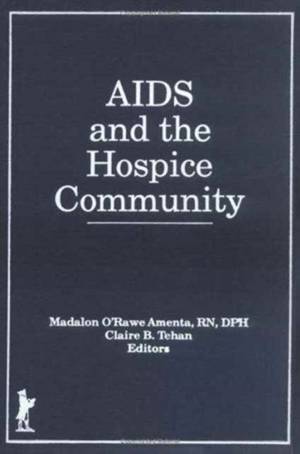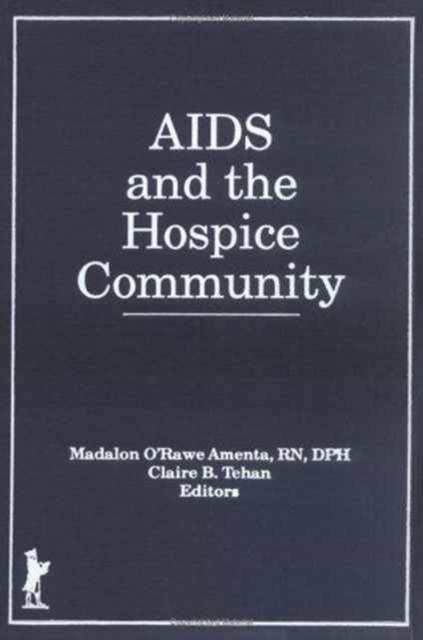
- Afhalen na 1 uur in een winkel met voorraad
- Gratis thuislevering in België vanaf € 30
- Ruim aanbod met 7 miljoen producten
- Afhalen na 1 uur in een winkel met voorraad
- Gratis thuislevering in België vanaf € 30
- Ruim aanbod met 7 miljoen producten
Zoeken
€ 143,95
+ 287 punten
Omschrijving
With the rise of the AIDS epidemic, hospice units and care centers play an important role in the care of terminally ill AIDS patients. AIDS and the Hospice Community documents facts and discusses concerns in current AIDS hospice care. It presents an authoritative commentary on many common AIDS perceptions held in the United States and describes research projects and findings that detail these and other barriers to AIDS hospice care. This insightful book gives examples of hospices that have entered into AIDS patient care and shows that such programs can be extremely successful for everyone involved. By describing successful programs and barriers that still need to be overcome, it helps agency administrators plan AIDS policies and programs and promotes further research by identifying specific areas in need of study. AIDS and the Hospice Community discusses all aspects of AIDS and hospice care, including AIDS in prisons and rural areas, eligibility criteria, variations in the normal grieving process when the bereavement is a death from AIDS, and the great need for education to dispel myths and misconceptions about AIDS. Chapters also explore reasons hospices are often hesitant to take on AIDS patients, such as confusion and fear of transmission of the disease, the social stigma, financial considerations, and the severity of personal and professional demands on caregivers. All professionals involved in AIDS care, especially in hospice settings, including clinicians, managers, educators, planners, and policymakers will become aware of the specific challenges they face in providing AIDS care and discover ways to successfully meet these challenges.
Specificaties
Betrokkenen
- Auteur(s):
- Uitgeverij:
Inhoud
- Aantal bladzijden:
- 197
- Taal:
- Engels
- Reeks:
Eigenschappen
- Productcode (EAN):
- 9781560241843
- Verschijningsdatum:
- 29/10/1991
- Uitvoering:
- Hardcover
- Formaat:
- Genaaid
- Gewicht:
- 449 g

Alleen bij Standaard Boekhandel
+ 287 punten op je klantenkaart van Standaard Boekhandel
Beoordelingen
We publiceren alleen reviews die voldoen aan de voorwaarden voor reviews. Bekijk onze voorwaarden voor reviews.











